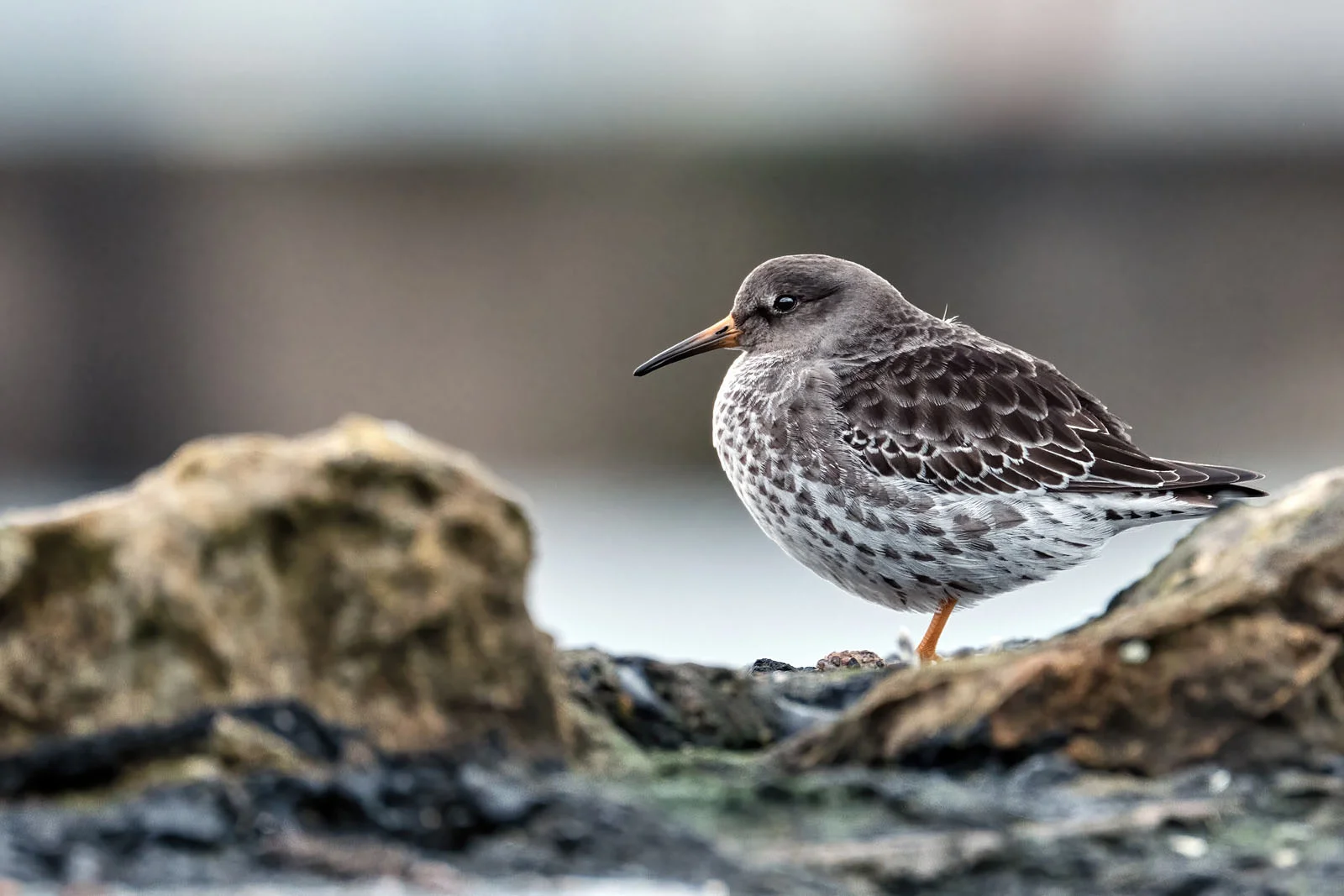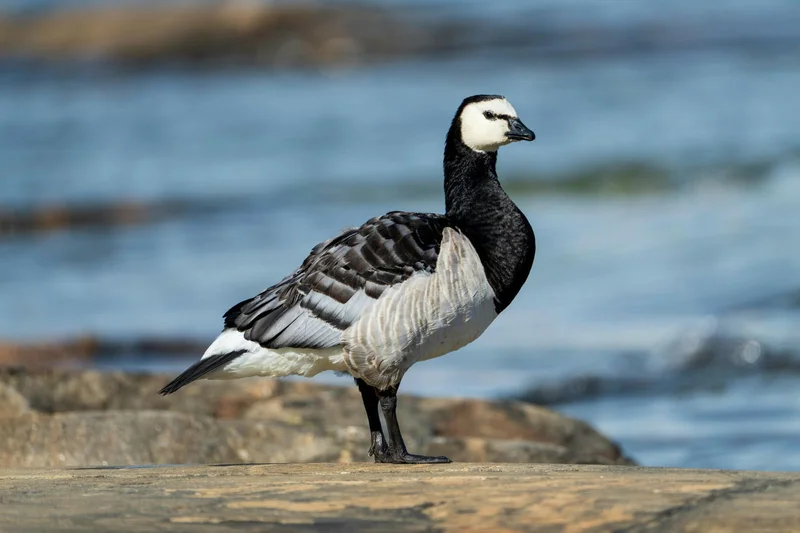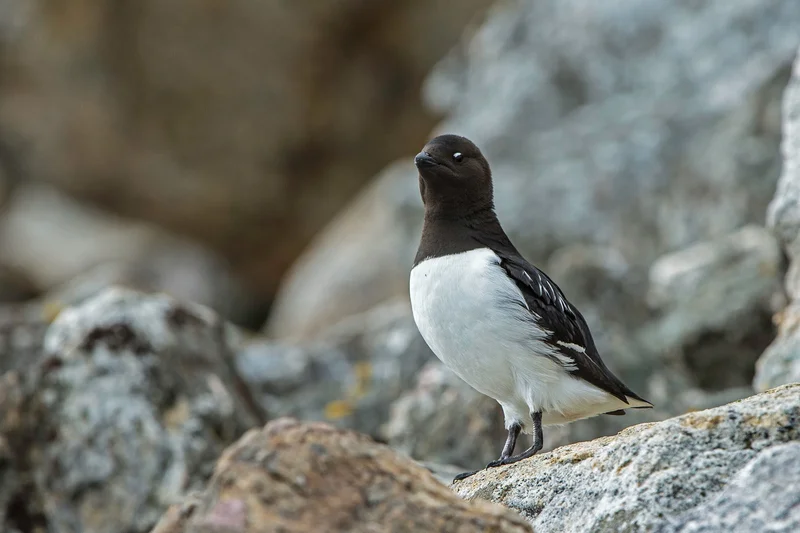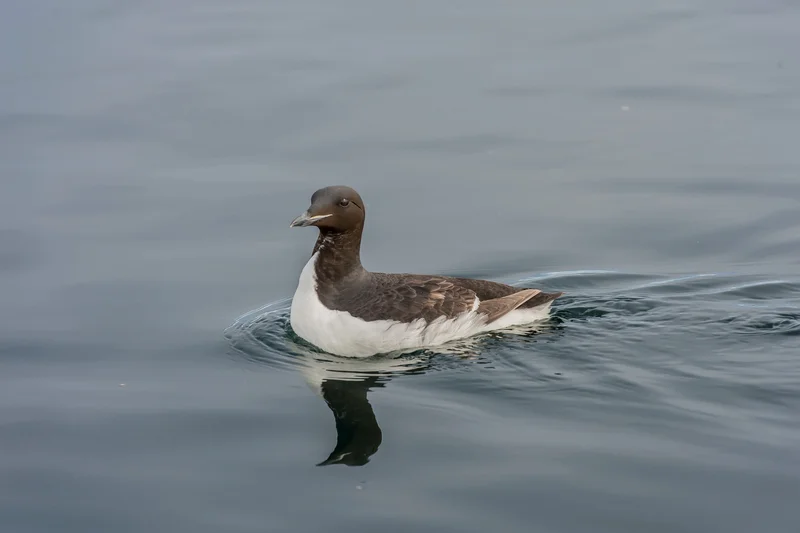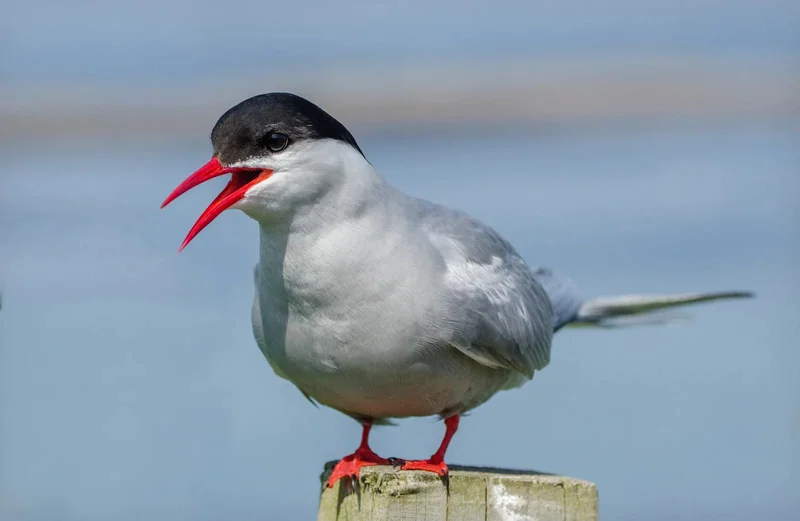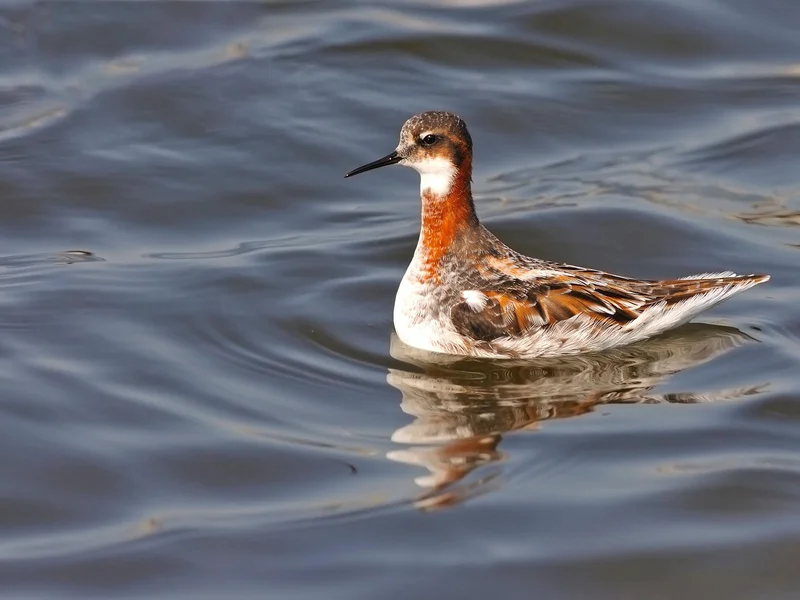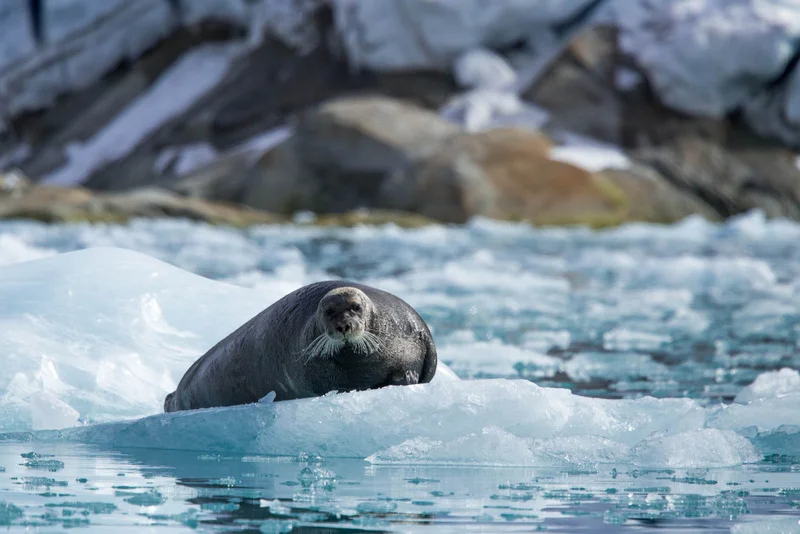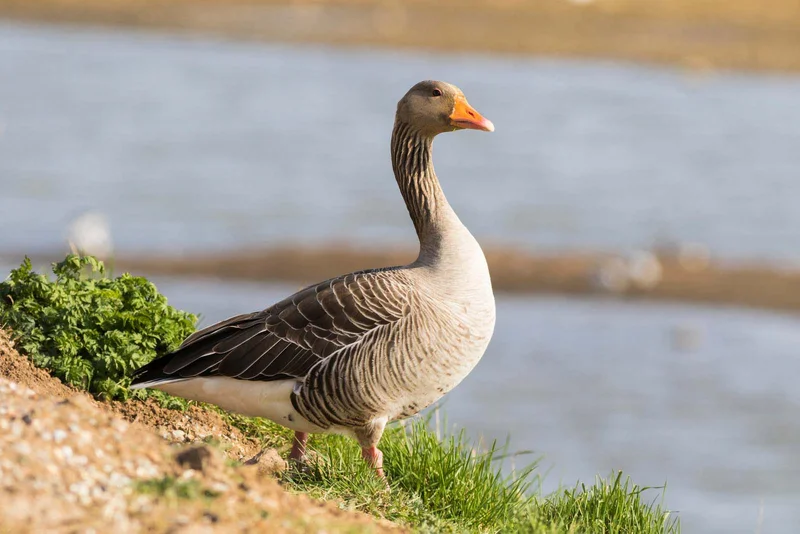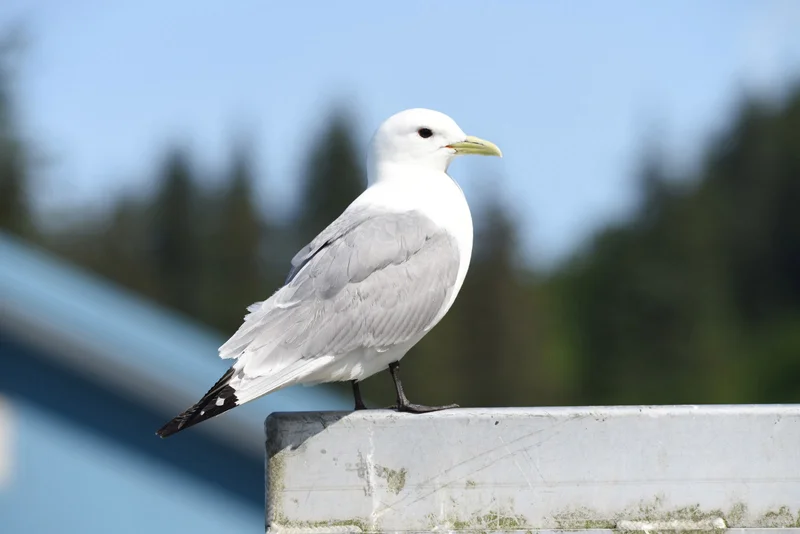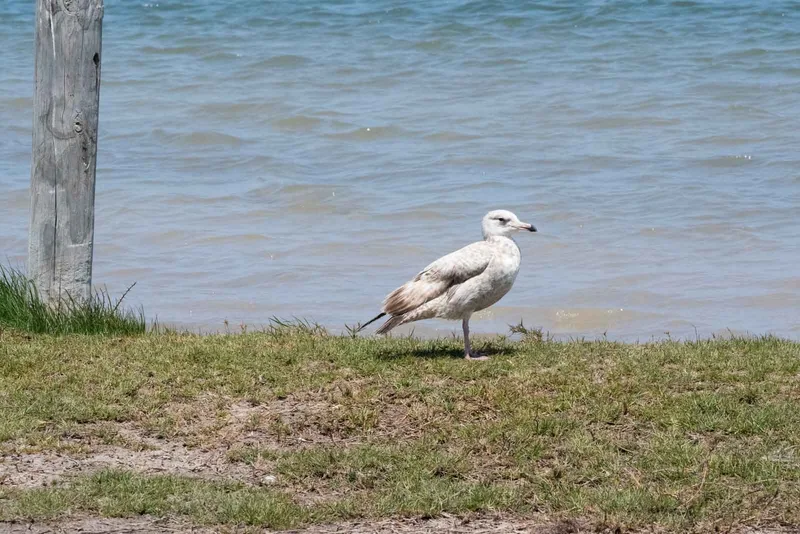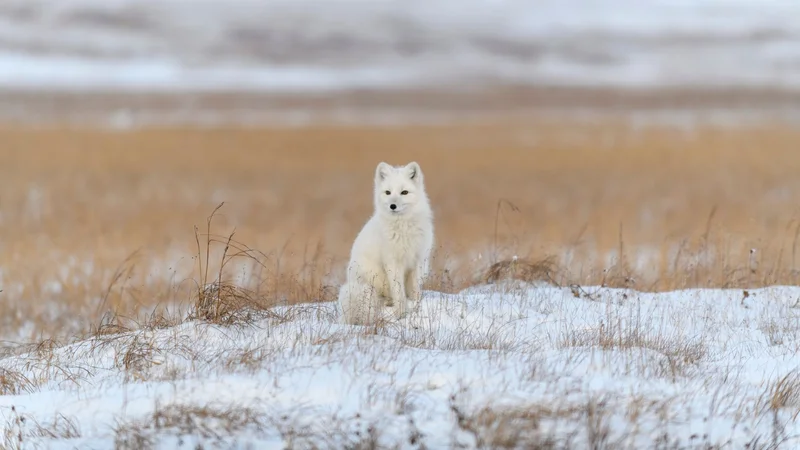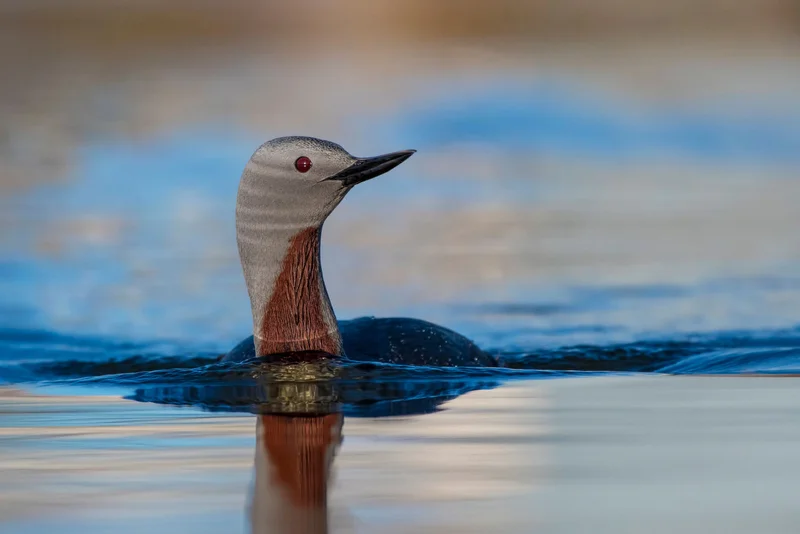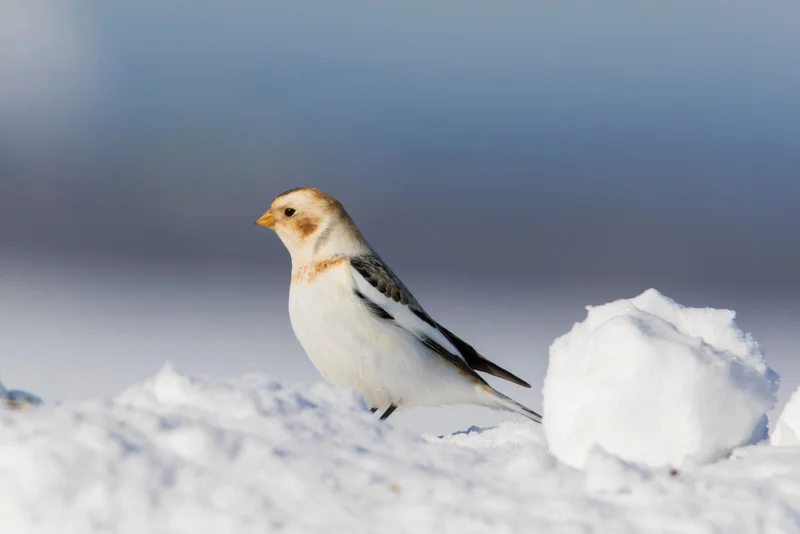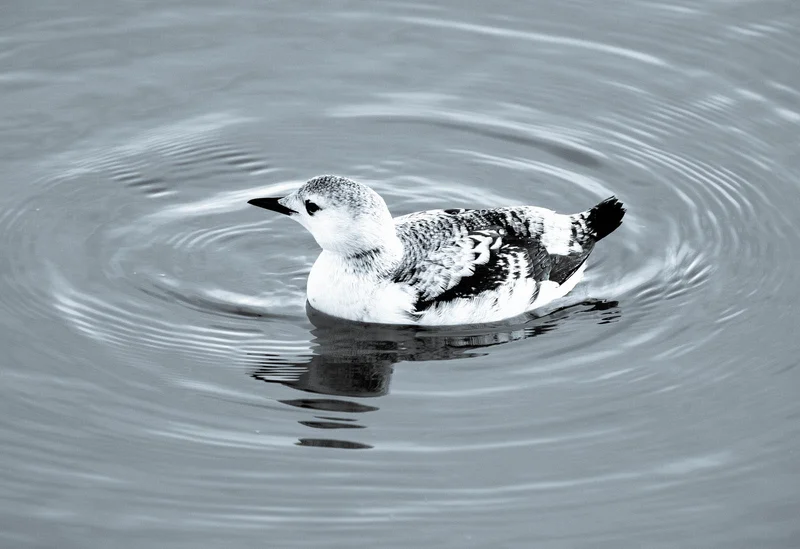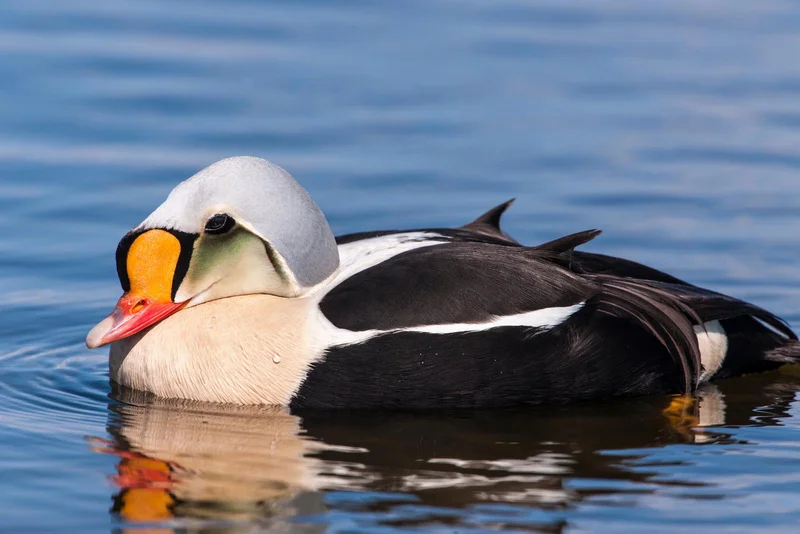Essential Purple Sandpiper Information
The Purple Sandpiper is a hardy shorebird known for breeding in the Arctic tundra. Found across the Canadian Arctic islands, Greenland, Iceland, and northern Europe, these birds are easy to approach and often seen foraging along rocky beaches. Close encounters with these birds are common as they show little fear of humans.
Physical Characteristics
Purple sandpipers grow up to 22 cm (9 inches) in length with a wingspan of about 43 cm (17 inches). They have short yellow legs and a dark, slender bill with a yellow base. The bird's name comes from the slight purple sheen visible on its mainly brown back feathers. The underparts are white with a grey breast, making it a subtly attractive bird.
Habitat and Behavior
As the most northerly breeding shorebird, the Purple Sandpiper spends its summers in the Arctic tundra. In winter, it can be found foraging along rocky coastlines in small flocks. These birds feed on insects, small mollusks, and other creatures found between the water’s edge and high tide debris lines.
Conservation Status
While the Purple Sandpiper population has been in decline since the early 21st century, the species is currently listed as "least concern" due to its wide range and relatively stable population. However, continued monitoring is needed to assess long-term trends.
Interesting Facts
- Northerly Breeder: The Purple Sandpiper is the most northerly breeding shorebird in the world.
- Fearless: These birds show little fear of humans, often allowing close encounters.
- Foraging Habits: They are commonly seen foraging for food along rocky shorelines, searching for small invertebrates.
